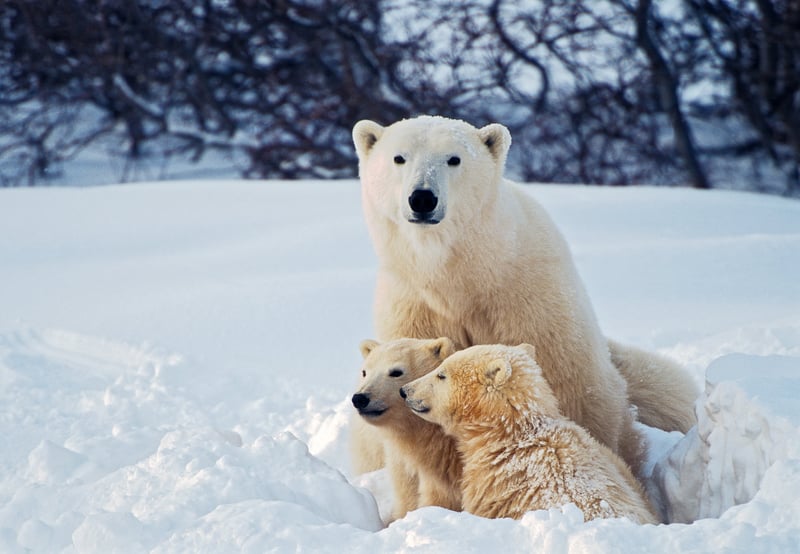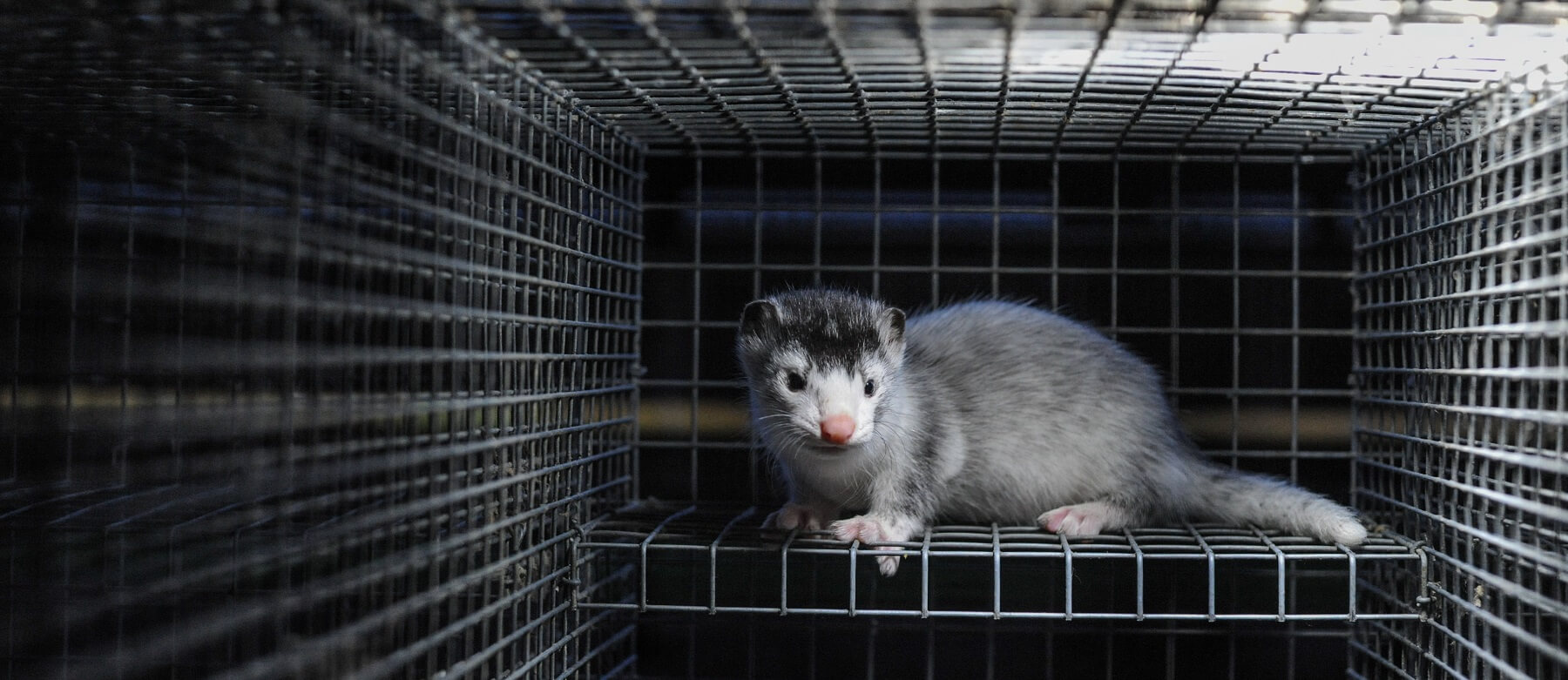
Bird Flu Transmits to Wildlife, Killing Polar Bear
Blog
Millions of birds and thousands of mammals have died as the current outbreak of bird flu (H5N1) spreads around the globe. The first polar bear death from the virus has just been confirmed in Alaska.
The Alaska Department of Environmental Conservation has just confirmed the death of a polar bear from Highly Pathogenic Avian Influenza (HPAI)—the H5N1 virus—in December of 2023.
This strain, which is the same one spreading across Asia and Europe, can transmit to wild mammals but currently has very low risk of transmission to humans. It was first reported in Alaska in April of 2022 and has since infected a black bear cub, a fox, and over 120 individual birds according to the Alaska Department of Environmental Conservation’s reports. The species of birds infected include bald eagles, snowy owls, Canada geese, and chickens.
Officials believe that the polar bear was scavenging bird carcasses and consumed one infected with HPAI H5N1, causing the bear’s death in October 2023. “This is the first polar bear case reported, for anywhere,” Dr. Bob Gerlach, Alaska’s state veterinarian said.
Heartbreakingly, this isn’t the first time bird flu has infected wild animals and unfortunately, it won’t be the last.
In fact, Finland slaughtered over 125,000 mink and foxes in August 2023 due to fears the strain will mutate and more effectively jump to humans after it was reported in more than two dozen Finnish fur farms in July and August 2023 alone. Similarly, Denmark slaughtered more than 14 million mink in 2020 due to a COVID-19 outbreak. United States legislators have since introduced a bill, called the Mink VIRUS Act, in response to zoonotic diseases, such as COVID-19, outbreaks on mink farms in the US.

Highly Pathogenic Avian Influenza (HPAI) is extremely contagious among birds, such as chickens, geese, turkeys, and ducks raised in factory farms. Due to the massive number of animals in factory farms and poor welfare conditions, diseases such as HPAI H5N1 can thrive, leading to millions of domestic birds being killed either to stop the spread of an outbreak in that factory or as a precaution.
As of late November, over 8.1 million factory farmed birds were killed in Ohio in 2023, according to USA Today, and has cost the US government over $660 million. Nationwide, more than 65 million individual birds have been slaughtered since 2022 in an effort to stop or slow the spread of bird flu.
Factory farms, whether they’re filled with domestic animals raised for food or wild animals killed for their fur, are breeding grounds for diseases. Many scientists predict they could be ground zero for a future global pandemic.
Now more than ever, we need to rethink the way we interact with all animals.
By shifting to more sustainable and kinder practices, such as eliminating or reducing our consumption and use of animals, we can end the largest source of animal cruelty on the planet: factory farming.